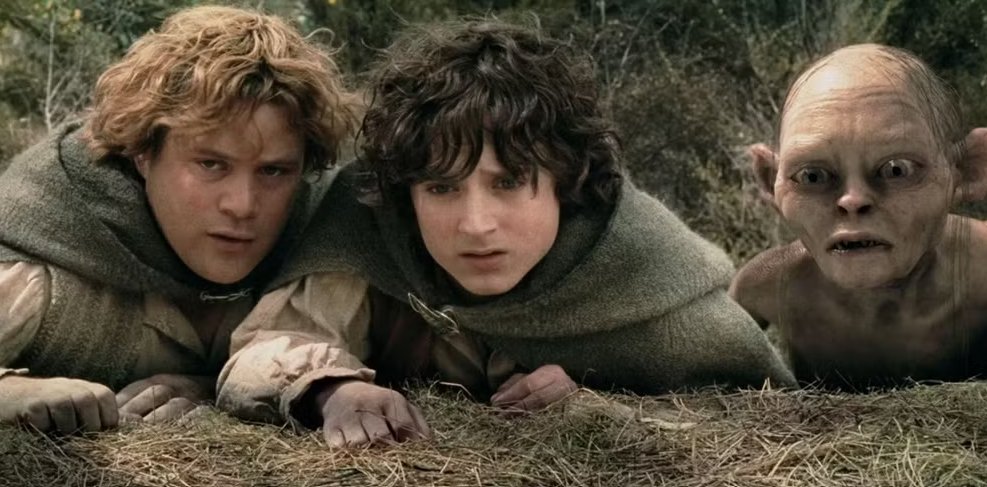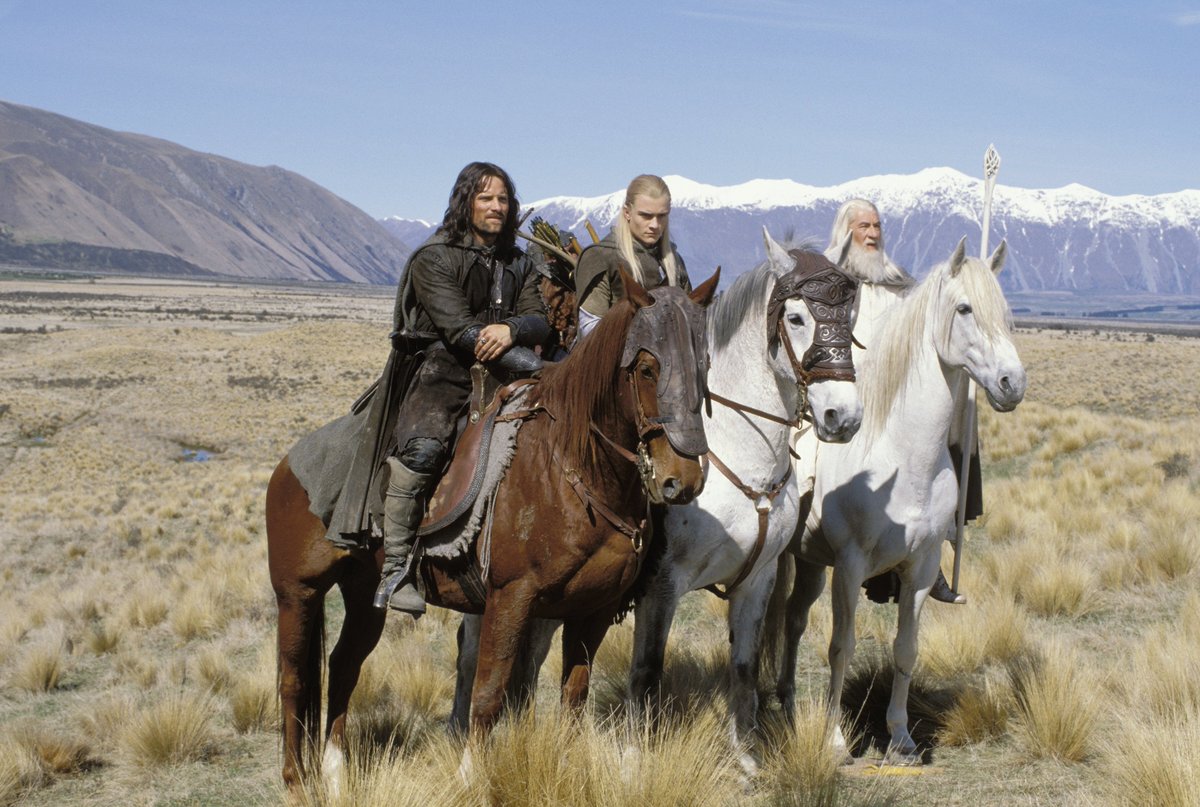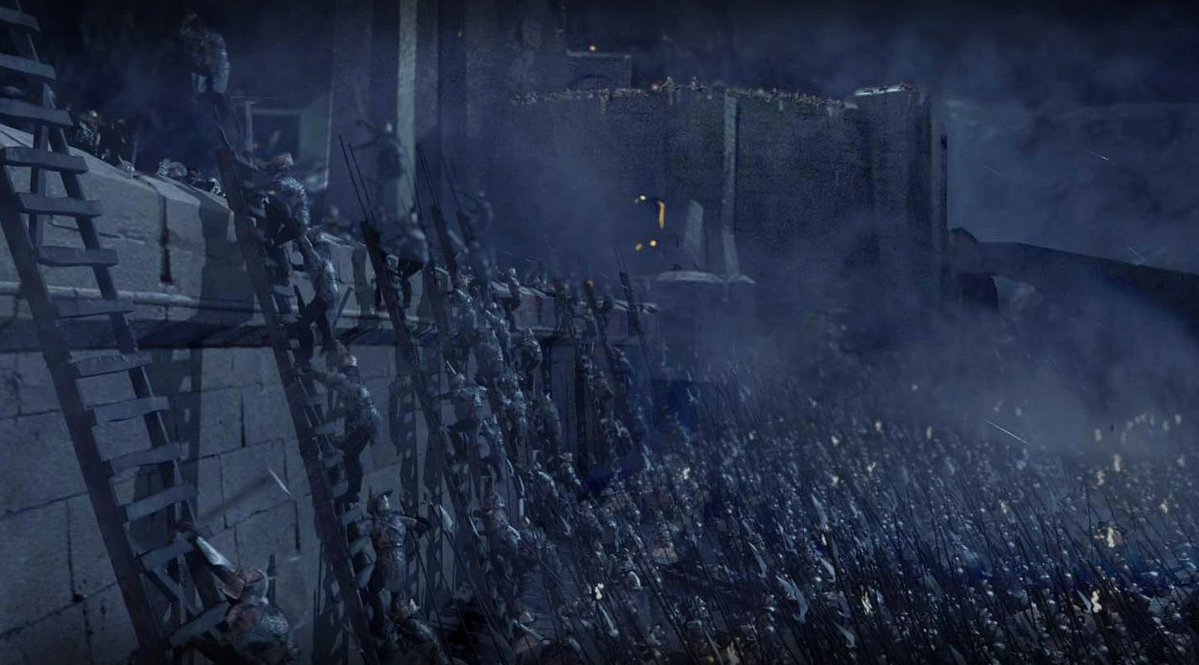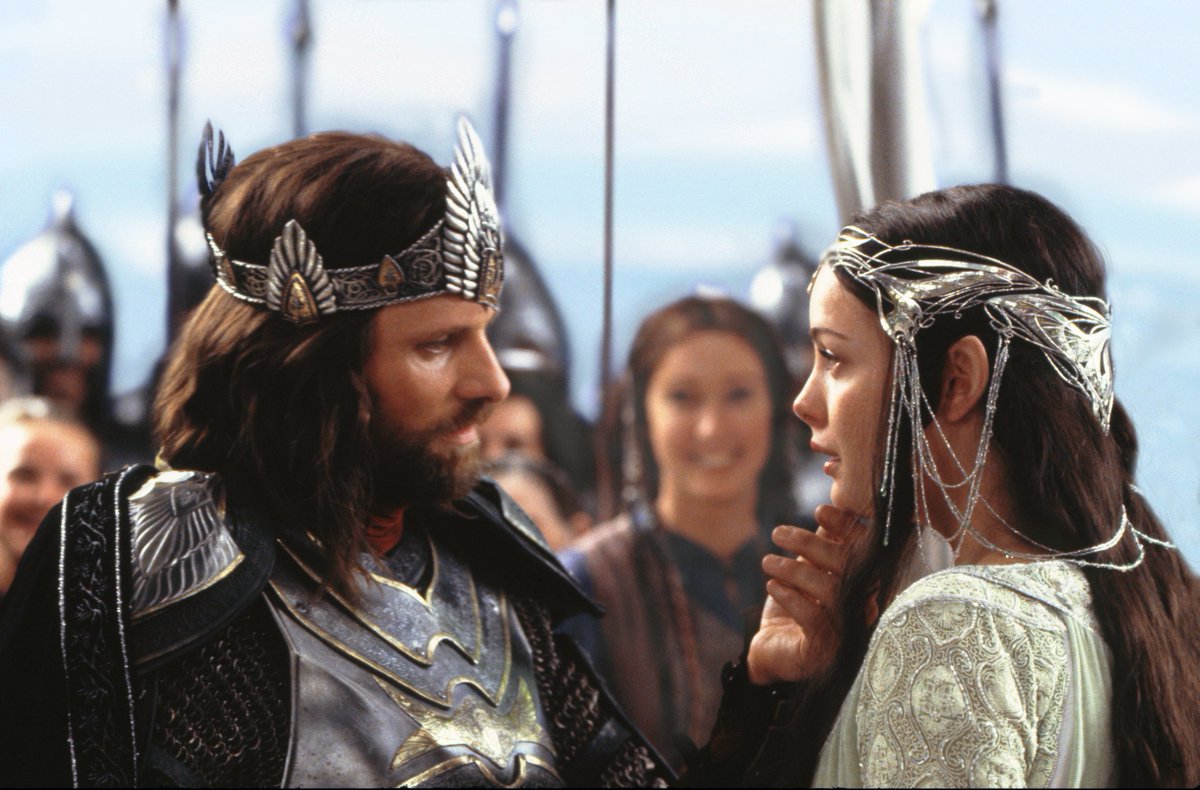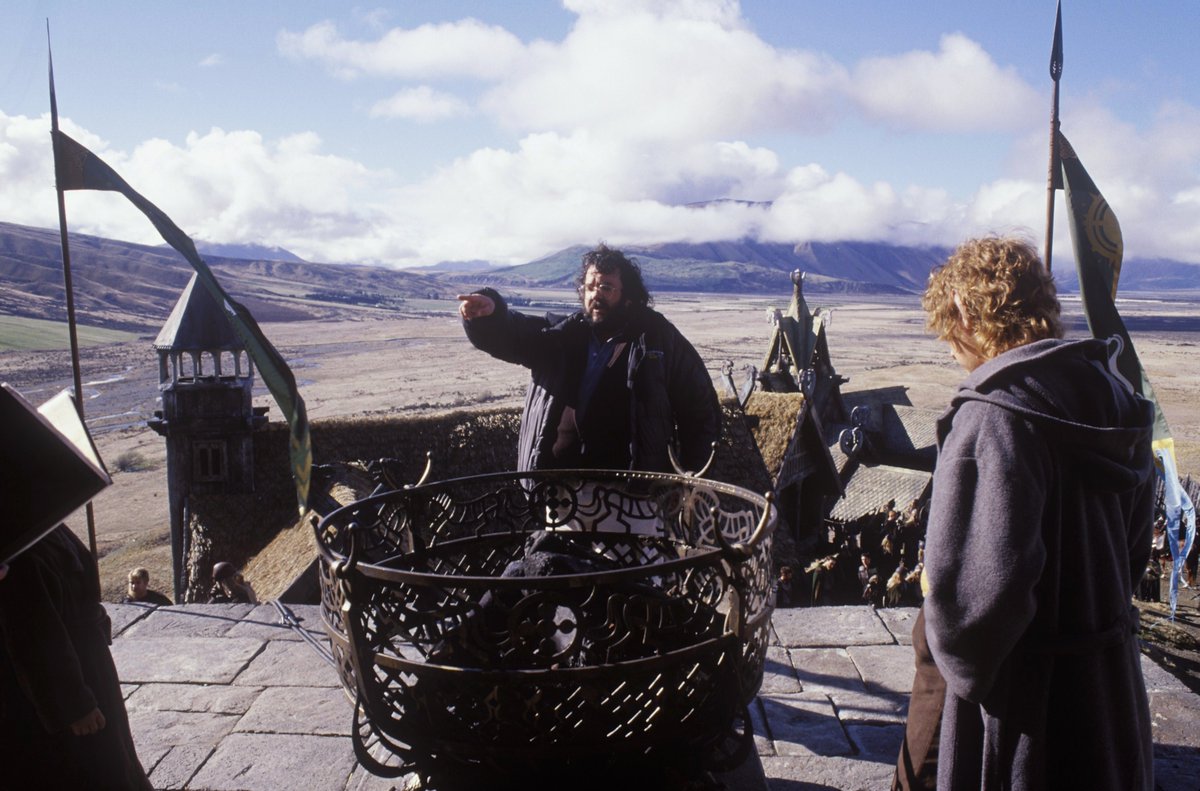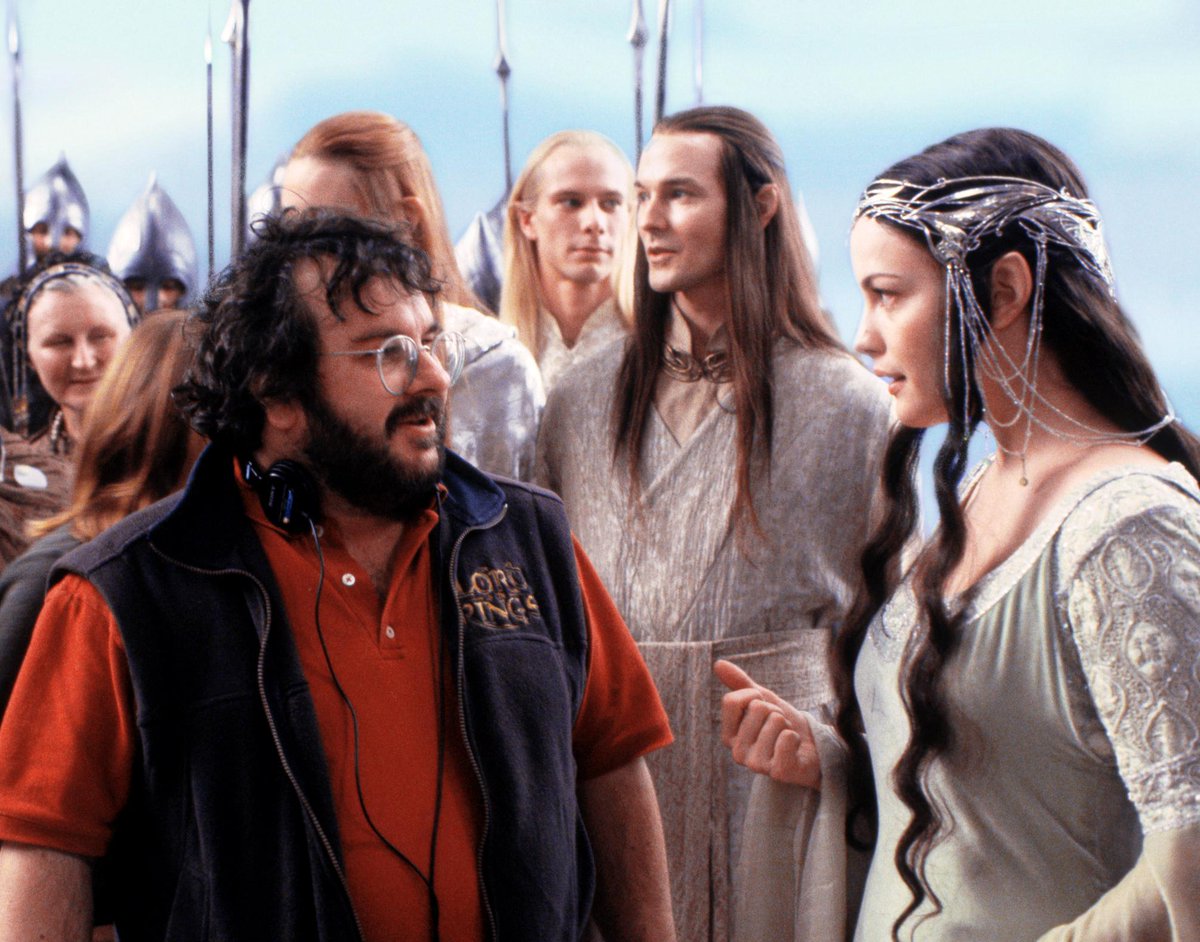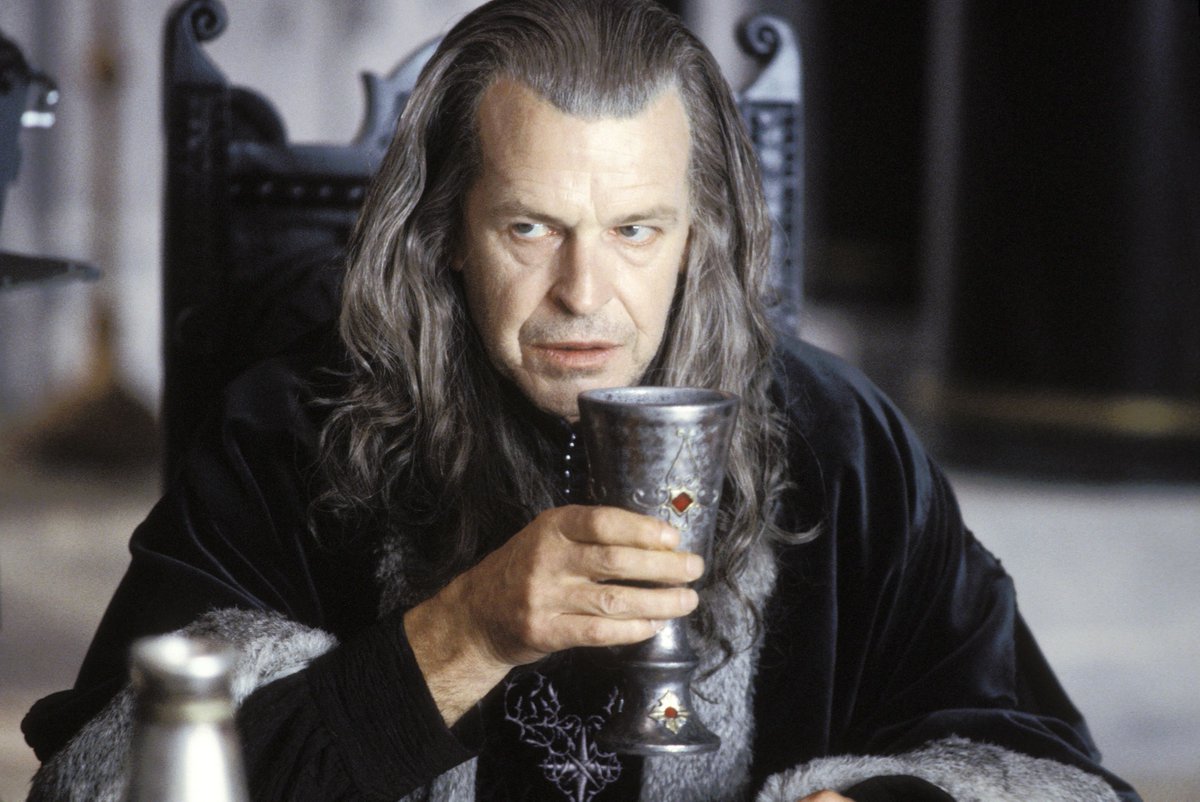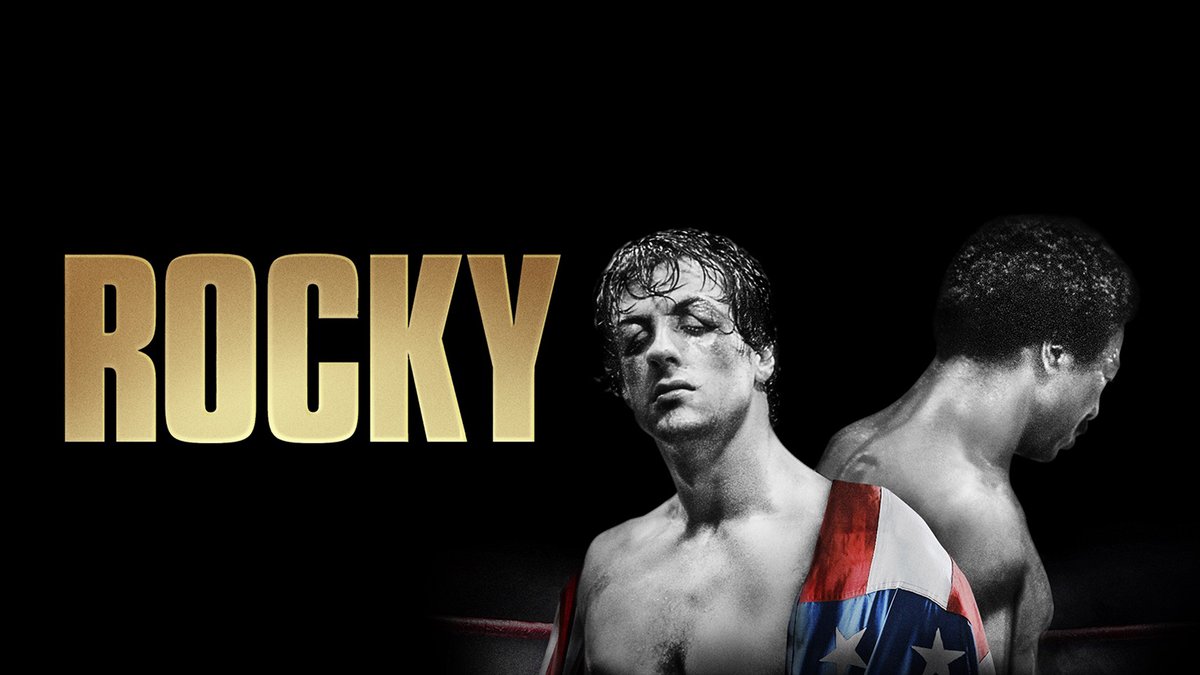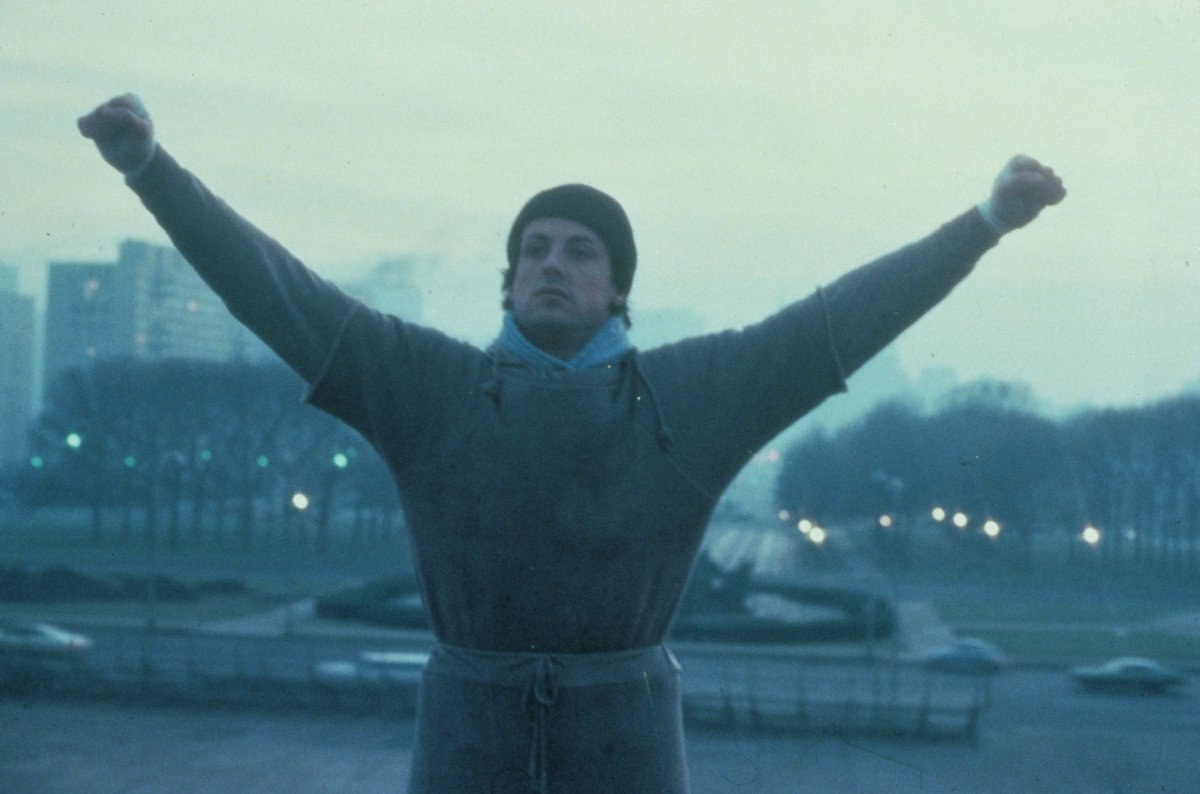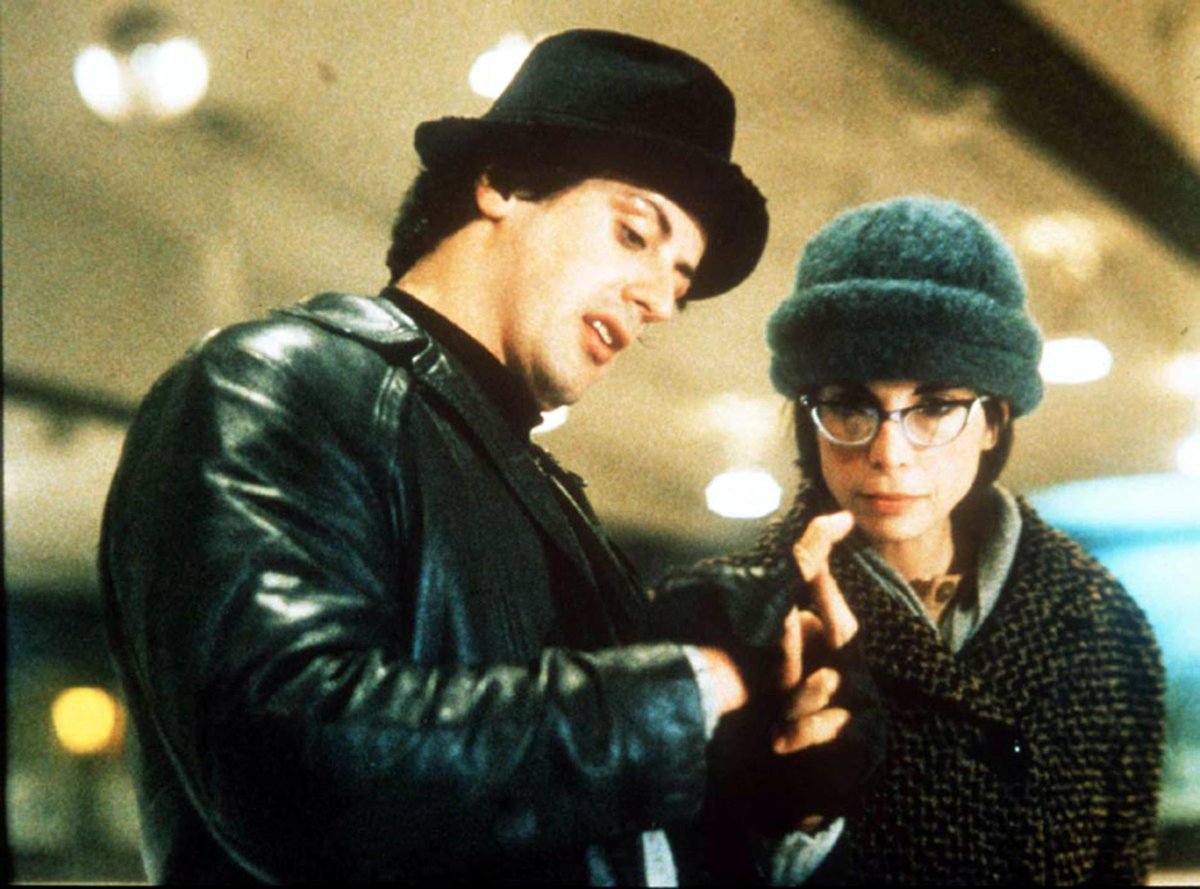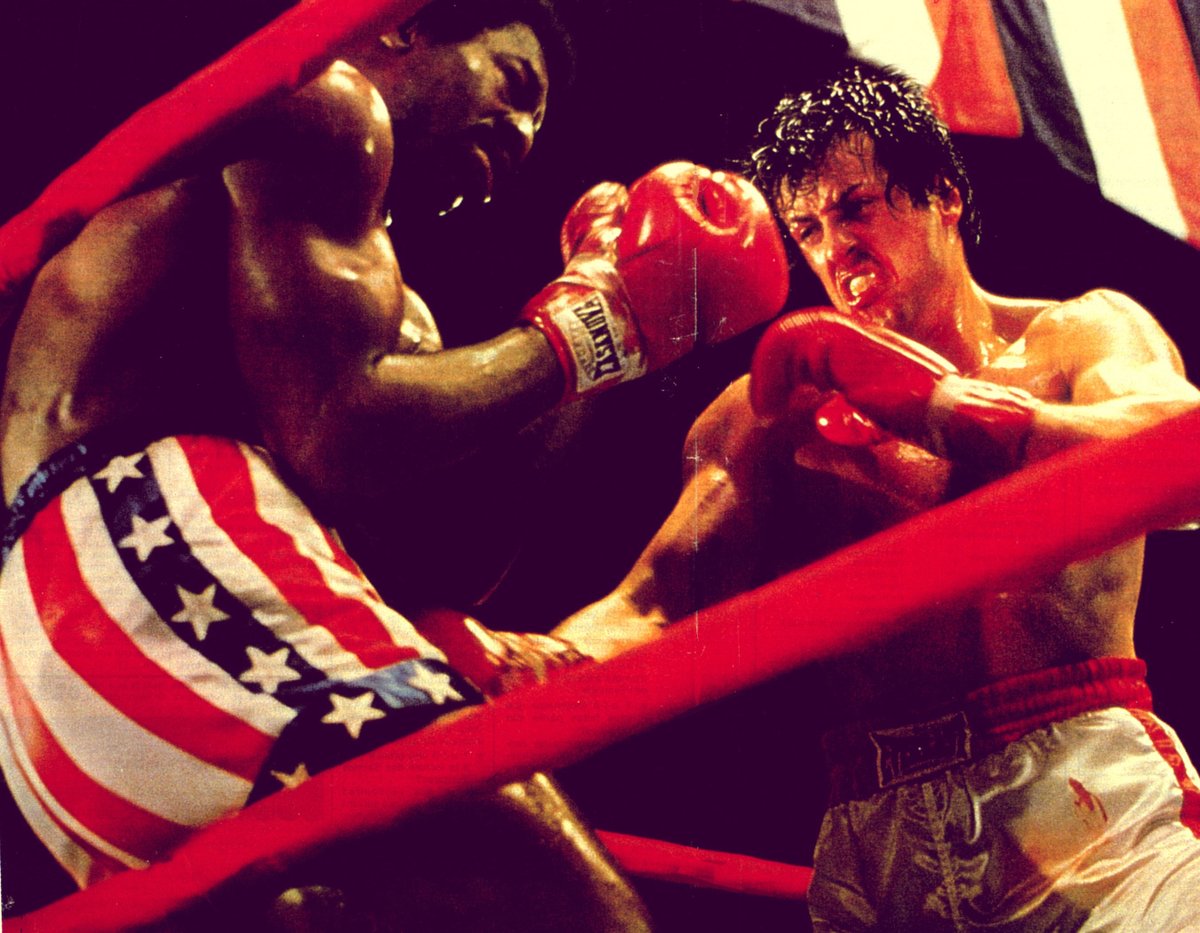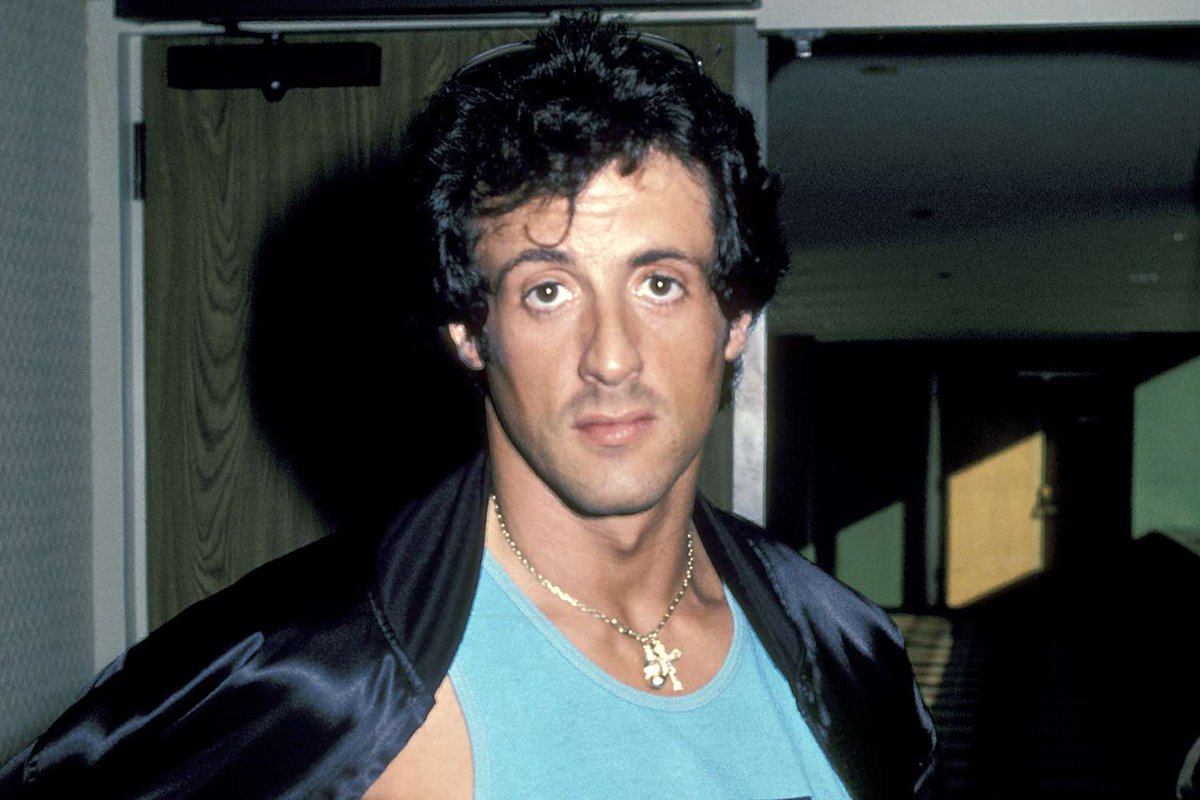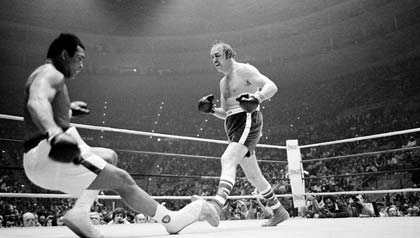ONE FLEW OVER THE CUCKOO’S NEST was released 49 years ago. Acclaimed as one of the greatest films of the 1970s and among Jack Nicholson’s greatest performances, the making of story is as big as The Chief…
1/51




1/51




In the 1950s, aspiring writer Ken Kesey was an orderly in a psychiatric hospital. Seeing potential in his experiences for a story about mental illness and its societal causes, he wrote a book, and called it One Flew Over The Cuckoo’s Nest. It published in 1962.
2/51


2/51


Within a year, the rights had been snapped up by Kirk Douglas and adapted into a Broadway production, with Douglas in the lead. He met young director Milos Forman in Prague and told him he’d send him the book. He did, but the book never arrived.
3/51




3/51




Struggling to get studios interested, Douglas was going to sell the Cuckoo’s Nest rights in the mid-70s. His son, Michael, said “let me have a shot at it.” Producer Saul Zaentz put in $2m to co-produce with Douglas and the two put the film into development.
4/51


4/51


Ken Kesey was hired to adapt his own novel but after creative differences, replaced by Laurence Hauben and Bo Goldman. Hal Ashby was in the frame to direct but Hauben recommended going back to Milos Forman as Douglas was a fan of Forman’s The Fireman’s Ball.
5/51



5/51



At the time, Forman was living in the Chelsea Hotel as a recluse. Douglas met him there and Forman went through the script line-by-line and explained exactly what he would do. Suitably impressed, Douglas hired him as director.
6/51



6/51



According to Douglas, Forman wanted Burt Reynolds to play lead, R.P. McMurphy. Reynolds himself said that Forman visited him at home one morning and, over breakfast, offered him the part. Reynolds accepted, but then never heard from Forman again.
7/51


7/51


Forman said he only ever wanted Jack Nicholson in the lead. At the time he wasn’t available for 6 months, so Douglas asked who his second choice was. Forman said Marlon Brando would work, but Brando refused to even read the script.
8/51


8/51


Douglas and Zaentz worked out they would need 6 months to hire the rest of the cast and plan pre-production so, if Nicholson was interested, they could wait for him. It all worked out and Nicholson accepted the part of McMurphy.
9/51




9/51




However, Ken Kesey was less than impressed with the casting choice. He said Nicholson wasn’t right at all for the part and a much better fit would have been Gene Hackman. Steve McQueen, Jon Voight and James Caan were also rumoured at various points.
10/51




10/51




During filming, Douglas and Nicholson were next door neighbours. And Douglas said he saw first-hand how hard Nicholson worked as he heard him rehearsing lines every night. Forman called Nicholson “The most prepared, considerate, generous actor. Perfect.”
11/51




11/51




Nicholson brought some things to the role. It was his idea for McMurphy to do the war dance and, on the fist day of filming, he turned up with a big, bushy beard. It was immediately vetoed by Forman, who told him to shave it off.
12/51


12/51


The budget wasn’t huge, so Nicholson had agreed to do the film for a modest salary and a percentage of the profits. When the film grossed over $120m, Nicholson did very well out of it.
13/51




13/51




Douglas said some big stars turned down the part of Nurse Ratched as it wasn't fashionable to play a villain at the time. Reportedly, some of the names were Anne Bancroft, Faye Dunaway, Audrey Hepburn, and Jane Fonda.
14/51




14/51




Forman had been considering Shelley Duvall for the role of Candy Starr. While screening Thieves Like Us to see if she was right for the role, he noticed one of Duvall-s co-stars, Louise Fletcher. He asked her to audition to play Ratched.
15/51


15/51


Fletcher would later say her audition process lasted 6 months. Forman told her each time that she wasn't approaching the part correctly, but kept calling her back. Then, one week before filming began, she was offered the part.
16/51


16/51


Fletcher improvised quite a few of her lines and said that Ratched's 1940s hairstyle shows how uptight she is. She also said it’s no coincidence that her hair resembles devil horns at certain times.
17/51


17/51


In preparation for their roles, both Fletcher and Nicholson watched real electroconvulsive shock therapy sessions. One was 6am one day. Fletcher called it “heavy.” Forman also screened the documentary Titicut Follies to the cast.
18/51


18/51


Wanting to dispel any ideas she was as cold as Ratched, Fletcher removed her dress on set one day and stood in only her underwear. She said “I’ll show them I’m a real woman under here, you know. I think that must have been what I was thinking.”
19/51


19/51


Ratched is not given a first name in the novel, nor was she in the script. One day on set though, Nicholson asked Fletcher what Ratched’s first name was. Thinking on her feet, she told him ‘Mildred.’
20/51


20/51


And towards the end of filming, Fletcher gave each cast member a gift: “In one cut scene, McMurphy comes to breakfast wearing a pair of black boxer shorts. I put those on, nothing on top, and re-enacted the Betty Grable wartime poster. I gave them a print signed: “Mildred.”
21/51


21/51



For their performances, Louise Fletcher and Jack Nicholson won Best Actress and Best Actor at the Oscars. In her acceptance speech, Fletcher paid tribute to her deaf parents…
22/51
22/51
To cast the other inmates, Forman held auditions in group therapy sessions and asked the actors to improvise with one another. Sydney Lassick was cast as Cheswick partly because he wore a rope as a belt to the audition.
23/51


23/51


Michael Douglas found Will Sampson, who plays Chief Bromden, after sitting next to a used car dealer on plane whose dad was a Native American agent. 6 months after the meeting, the dealer called Douglas and said “The biggest sonofabitch Indian came in the other day!”
24/51


24/51


Sampson was a Park Ranger in Oregon near where the movie was filmed. He was an artist and has had paintings in the Smithsonian institute in Washington. He said at the time: “I'm a painter don't call me an actor.”
25/51




25/51




Danny DeVito and Michael Douglas had been roommates in New York in the 1960s. DeVito had also played Martini in the 1971 Broadway production of Cuckoo’s Nest, so he was a shoo-in for the film. Similarly, Mimi Sarkisian was cast as she played Nurse Pilbow on Broadway.
26/51




26/51




Sydney Lassick reportedly got so into his role that on-set doctors became concerned. At one point he had to be removed from the set when he became emotionally overwhelmed. The doctors told Douglas, "If things get out of control, we have the proper medication here."
27/51


27/51


Forman wanted to shoot in a real hospital but because of the depiction of mental health treatment in the film, no hospital would allow it. Until, that is, they asked Dr Dean brooks at Salem Oregon who said he'd use the production as a form of therapy to treat his patients.
28/51


28/51


Brooks arranged for his patients to be cast in the film in minor roles in the cast and crew. 85 patients employed on the film: 55 as extras and 30 behind the scenes. And Brooks himself plays Dr Spivey in the film.
29/51


29/51
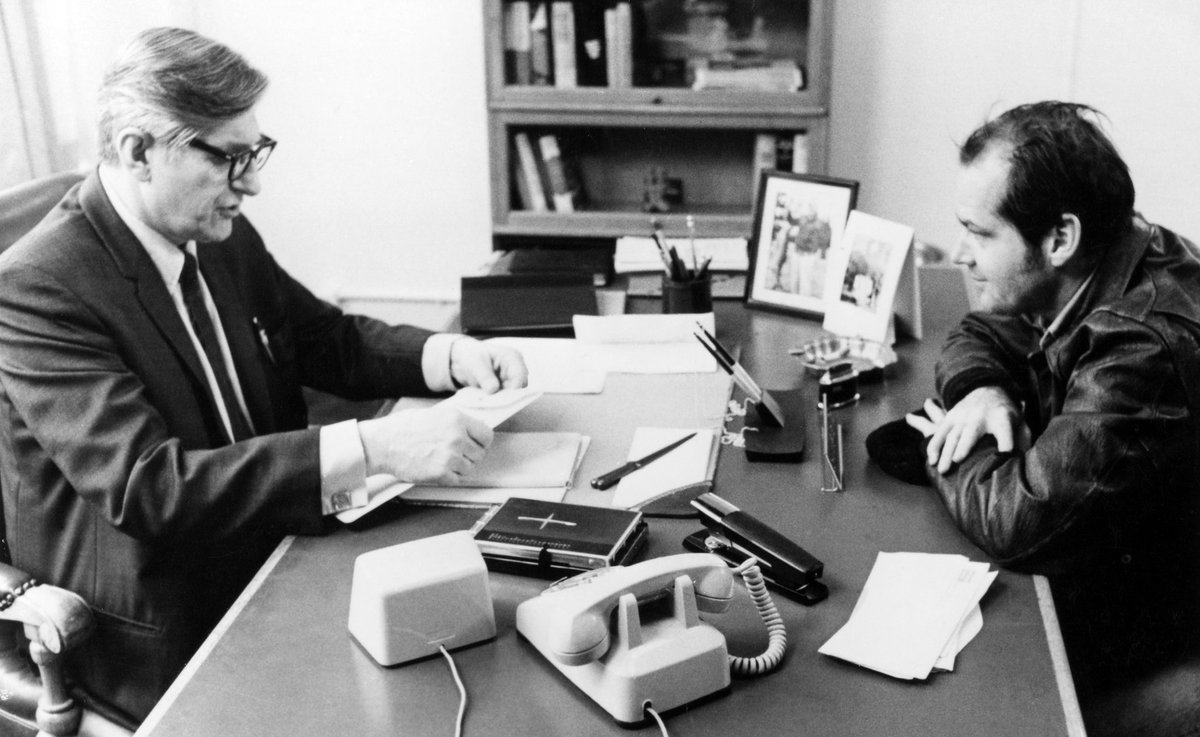

Strained by the production and being kept from partner Rhea Perlman, DeVito developed a coping mechanism of an imaginary friend, who he’d talk to. A concerned DeVito told Dr Brooks, who said there was no reason to worry, as long as DeVito knew the character as fictional.
30/51


30/51


During filming, Brooks diagnosed William Redfield (who plays Harding) with the leukemia that would kill him 18 months later. During most of the film's shooting, Redfield was ill and sadly died in 1976.
31/51


31/51


Unknown to Forman and Douglas, some of the patients were criminally insane. One inmate was the biggest arsonist in Oregon. He was put to work on the electrical department and tasked with wiping down the 10k lamps with a 5 gallon can of kerosene.
32/51


32/51


There was an underground railway tunnel under the hospital where the ashes and belongings of unclaimed patients were stored. The actors all chose objects from these old belongings to keep for the film, and the record book Nurse Ratched carries is one of those objects.
33/51


33/51
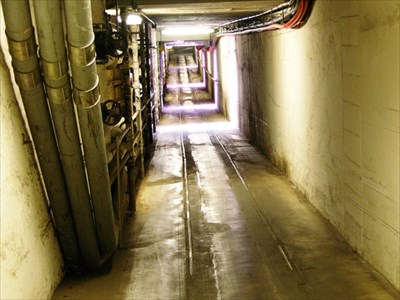

The title of the film (from the book) was taken by Ken Kesey from and American children's nursery rhyme. It is shown in its entirety in the novel, but not mentioned in the film…
34/51


34/51


Forman was a Czech-American, and said he related the idea of a locked mental hospital to daily life under the authoritarian communism he had grown up in. He said “The Communist Party was my Nurse Ratched, telling me what I could and could not do.”
35/51


35/51


The music was composed by Jack Nitzsche, who had risen to prominence in the 1960s working with the likes of Phil Spector, The Rolling Stones and Neil Young. The famous main theme was composed by Nitzsche on a musical saw.
36/51




36/51



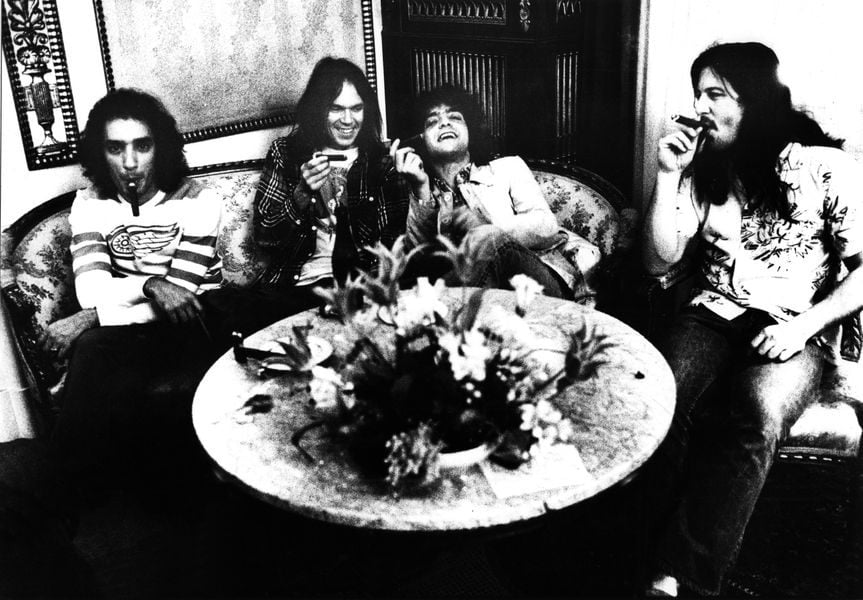
The first DP on the film was Haskell Wexler. He was fired after 31 days due to artistic differences (according to Forman). They couldn’t agree how to light inside the hospital and Wexler would say “I know a lot more about shooting than Milos does.”
37/51


37/51


Wexler was an industry legend and Douglas said firing him was the hardest moment of his career. He was replaced by Bill Butler, who had shot Jaws the same year. And William A. Fraker took charge of the fishing sequence – the last scenes shot.
38/51




38/51




Forman and Nicholson reportedly didn’t see eye to eye on some things. One bone of contention was the opening: Forman thought the ward should be bedlam when McMurphy showed up, but Nicholson said he would have no effect on the inmates if they were already riled up.
39/51


39/51


Neither Forman nor Nicholson would back down and the unrest lasted weeks. According to reports, Nicholson led a revolt a among the cast, and refused to let Forman run rehearsals, running them himself instead. Nicholson and Forman spoke to each other through other crew members.
40/51

40/51


Forman wouldn’t allow the cast to watch the dailies of their performances, and Nicholson was growing more and more irate about it. Eventually Douglas stepped in and told Forman “You have to show Jack something,” which he did.
41/51


41/51


The opening scene between McMurphy and Dr Spivey was largely improvised. Dr Brooks said Forman gave he and Nicholson 6 points to cover and basically said “I don't care how you get there, just cover those points.”
42/51


42/51


Forman encouraged improv among the actors. Associate Producer Martin Fink said it caused problems as the camera, lighting and sound crews didn’t know where the actors were going to move to. Forman said "I was just fascinated just to see real faces on the screen".
43/51


43/51


The script called for McMurphy to leap on a guard and kiss him when arriving at the hospital. During filming, Forman told Nicholson to jump on the other guard instead to surprise him. That’s why he doesn’t look very happy about it.
44/51
44/51
Angelica Huston appears uncredited as one of the crowd standing on the pier when the boat returns from the fishing trip. Huston was in a relationship with Nicholson between 1973 and 1989 and would occasionally show up in each other’s films.
45/51




45/51




The original NBC Radio broadcast of Game 2 of the 1963 World Series was used for the scene where the orderlies and inmates are listening to the game on the radio. Hall of Fame baseball commentator Ernie Harwell is heard on the broadcast.
46/51


46/51


Forman didn't want to shoot the fishing scene as he wanted the whole film shot on the ward. To make matters worse, all of the cast except Nicholson got seasick. It took an entire week to shoot, and DeVito said the thought of it made him queasy for years afterwards.
47/51



47/51



20th Century Fox said they would distribute the film, but only if the ending was changed and McMurphy lived. Douglas and Zaentz considered it a deal breaker, and United Artists distributed the film.
48/51


48/51


The film was a huge success. It was the second of only three movies to win the Big 5 at the Oscars (It Happened One Night and The Silence of the Lambs were the others). And the film was shown in Swedish cinemas between 1975 and 1987, which was, and still is, a record.
49/51



49/51



Ken Kesey wasn’t happy with the changes made to his book, though, and sued, saying "They took out the morality. They took out the conspiracy that is America." He sued for 5% of the profits, and settled for 2.5%. To the day he died, he said he never watched the film in full.
50/51

50/51


To finish, one of the greatest acceptance speeches ever. Jack Nicholson accepted his BAFTA for Chinatown from the set of One Flew Over The Cuckoo’s Nest…
51/51
51/51
If you liked our making of story of ONE FLEW OVER THE CUCKOO’S NEST, please share the opening post 😀
https://x.com/ATRightMovies/status/1742514545233375387?s=20
• • •
Missing some Tweet in this thread? You can try to
force a refresh



